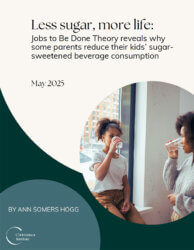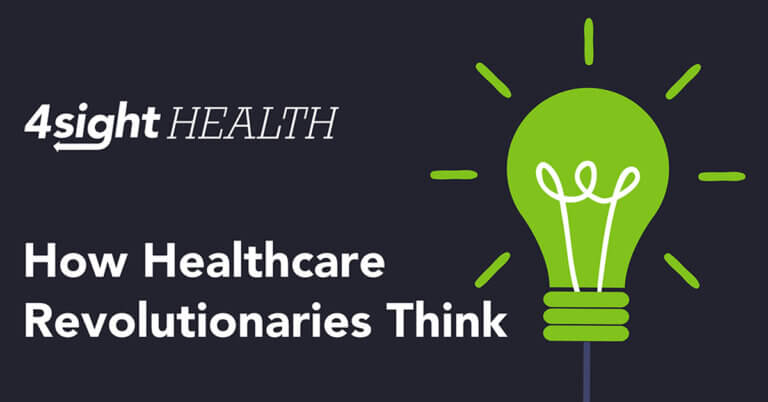June 3, 2025

Beating the Sugar Struggle: Why Parents Really Quit Sugary Drinks
America’s kids are drowning in sugar, and nobody’s throwing a lifeline. Sugar-sweetened beverages are the primary driver of added sugar consumption for children, fueling a childhood obesity epidemic.
Doctors warn against it. Public health campaigns make sugar a target. Yet, sugary drink consumption among children remains dangerously high, even rising in some communities.
We’re raising a generation on soda, and paying the price in disease and death. Why is that, and what can be done about it?
Market Dynamics
Despite public health messaging on the negative effects of sugar, the health system largely treats the downstream damage, like diabetes, obesity and cardiovascular disease, rather than addressing the upstream behaviors driving it. We subsidize sugar-rich products while letting prevention efforts languish. That’s not a personal failure; it’s a failure in market design and regulation.
 Existing research on pediatric beverage consumption focuses on asking caregivers about their perceptions of their future behavior. Researchers typically ask, “Why do you give your kids sugary drinks?” or “What stops you from cutting back?” But the answers are guesses, not actions. Past behavior is a better predictor of future actions than idealized versions of our future selves.
Existing research on pediatric beverage consumption focuses on asking caregivers about their perceptions of their future behavior. Researchers typically ask, “Why do you give your kids sugary drinks?” or “What stops you from cutting back?” But the answers are guesses, not actions. Past behavior is a better predictor of future actions than idealized versions of our future selves.
The most effective changes will occur at the system level to make healthy options more affordable and accessible to all Americans. As we pursue system-level change, we can still make progress at the individual, family and community levels. But that will only work if we understand what truly drives people to change their behavior, which is lacking in existing research.
At the Christensen Institute, we set out to learn what actually causes parents to cut sugar. Our study used a Jobs to Be Done approach to understand what caregivers actually did, not what they thought they would do, and revealed behavioral drivers to fill the research gap. The result: Five distinct, real-life desired outcomes and associated struggles that led parents to ditch sugary drinks and build a new roadmap for meaningful change.
Behavioral Change Beyond Projected Intention
Jobs to Be Done (JTBD or Jobs) is a tool to better understand consumer behavior and a way to uncover how and why people make decisions. Most studies ask people what they think they would do. At the Christensen Institute, we asked what they actually did, and uncovered what pushed them past the breaking point and into action.
Jobs have two parts: the circumstance or situation someone is within, and the outcomes they are seeking. Jobs research extends beyond general demographic categories and characteristics of participants to uncover and analyze the functional, social and emotional dimensions that drive an individual’s motivations and how this impacts their decision-making and actions. It gets at “why” and “how,” not just “who” or “what.”
People are always trying to achieve something, but this doesn’t happen in a vacuum. Our circumstances shape our decisions. So when Jobs arise in our lives, we use products and services to get those Jobs done. When we find a better way to achieve a Job, we fire the old solution and hire a new one.
The full report lays out the five Jobs that lead caregivers, who represent the thousands of parents struggling with similar situations every day, to fire sugary beverages and reveals how parents, providers, policymakers and public health officials can act on this knowledge to improve individual and collective health.
Find out what actually works when it comes to changing behavior, straight from real parents who made the switch. Read the full report here.





